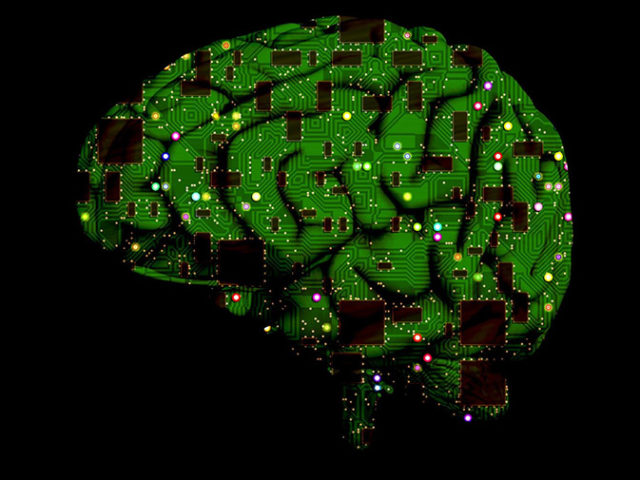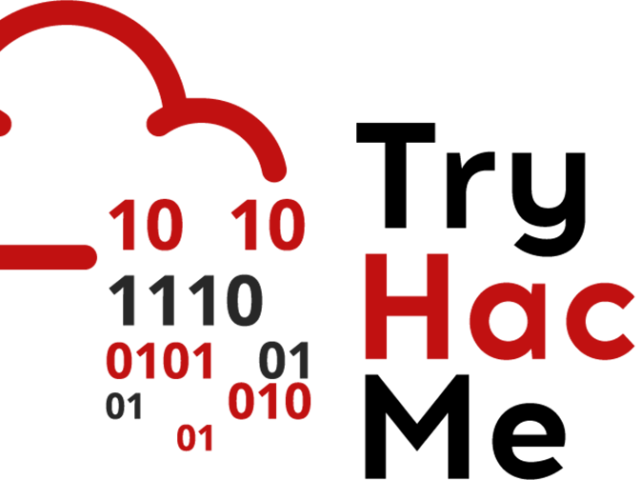Modern communications technology increasingly relies on light to transmit data over fiber optics. And the high data rates that fuel the internet are achieved using many frequencies (colors) of light, each carrying a portion of data. The more colors, the more information that can be carried.
A team of researchers from Caltech, UC Santa Barbara, and the Swiss Federal Institute of Technology Lausanne (EPFL) have developed a new device that will lead to improved optical data transmission and could have applications ranging from communications to the miniaturization of time standards or to the search for exoplanets.
Their device converts laser light of a single frequency into an evenly spaced set of many distinct frequencies (a comb of frequencies). The resulting optical frequency microcomb is built from a single piece of silicon, in much the same way as computer chips. And its many colors can replace many separate lasers for data transmission.
For example, more than 50 separate lasers are sometimes required to generate the light signal on a single strand of optical fiber. “Using 50 lasers has a number of drawbacks,” says UC Santa Barbara professor John Bowers, who led the research effort. “It’s expensive, and rather inefficient in terms of power.”
Source: “Optical Microcomb Device May Result in Improved Telecommunications, Sensors, Clocks”, Emily Velasco, California Institute of Technology




